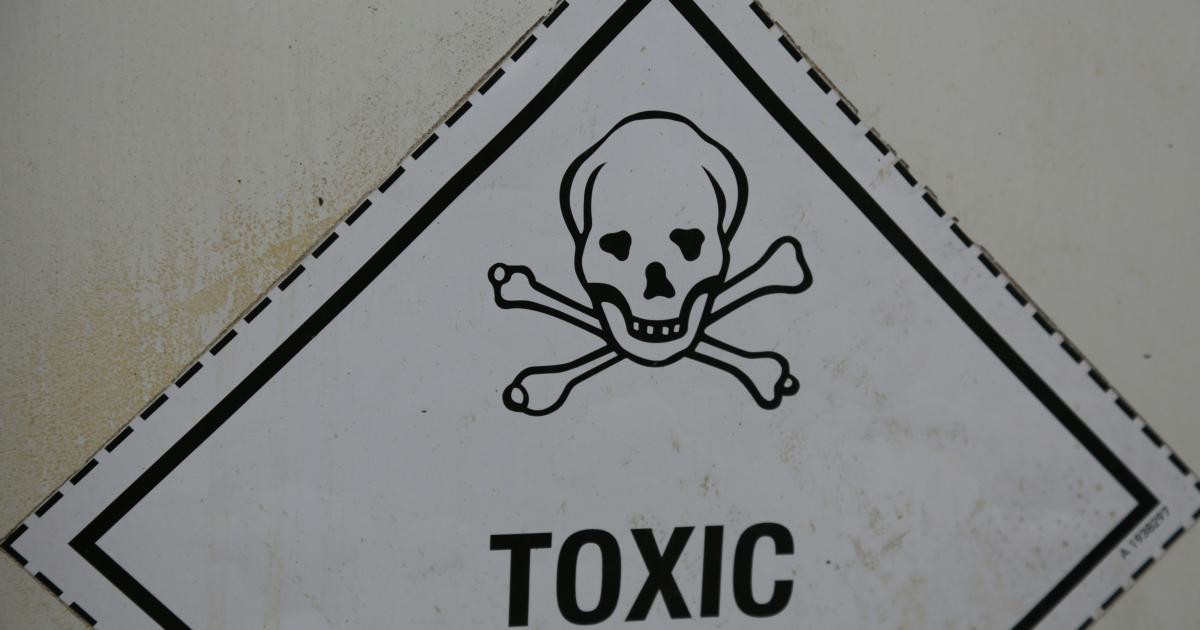Stop Wasting Budget: Toxic Backlink Profiling Exposed


Opening Hook
John, a digital marketing manager at a growing e-commerce company, stared at the analytics dashboard in frustration. Despite pouring thousands of dollars into their link-building strategy, their website's search rankings had stagnated, and their organic traffic was flat. "There's got to be a better way to approach this," he thought, determined to uncover the root of the problem.
As he dove deeper into the data, a concerning pattern emerged - a significant portion of their backlink profile consisted of low-quality, potentially toxic links. These were links from spammy websites, irrelevant blogs, and dubious link farms - the kinds of backlinks that search engines frown upon and can even penalize.
The Journey into Toxic Backlink Profiling
Understanding Backlink Quality
John knew that building a strong, high-quality backlink profile was crucial for achieving long-term SEO success. But what exactly constituted a "high-quality" backlink, and how could he identify the toxic ones in his portfolio?

After some research, he learned that search engines like Google evaluate backlinks based on factors such as:
- Relevance: Is the linking website related to your industry or niche?
- Authority: Does the linking website have a strong domain authority and credibility?
- Contextual Placement: Is the link placed within relevant, informative content, or is it buried in a footer or sidebar?
- Anchor Text: Does the link's anchor text accurately describe the linked content, or is it keyword-stuffed?
- Link Velocity: Is the rate at which you're acquiring new backlinks natural and organic, or does it appear unnatural?
Armed with this knowledge, John began to meticulously analyze his website's backlink profile, determined to uncover the toxic links that were dragging down his SEO performance.
Profiling Toxic Backlinks
As John dug into the data, he discovered a troubling number of backlinks that did not meet the criteria for high-quality links. These toxic backlinks fell into several categories:
Spam Links: Links from websites that existed solely for the purpose of link building, often with irrelevant, spammy content and low-quality, auto-generated pages.
Paid Links: Links that were acquired through paid link schemes or link-buying services, which search engines view as manipulative and a violation of their guidelines.
Irrelevant Links: Links from websites that had no thematic relevance to John's e-commerce business, such as unrelated blogs, directories, or low-quality article sites.
Unnatural Link Profiles: Backlink profiles that exhibited sudden spikes in link acquisition or an unusually high volume of links from the same referring domains, suggesting automated or unnatural link-building tactics.

John was shocked by the sheer volume of these toxic backlinks - some of which had even been acquired through his previous digital marketing agency. Clearly, their link-building efforts had been misguided, and he needed to take decisive action to address the problem.
The Impact of Toxic Backlinks
As John continued to analyze the data, the true cost of these toxic backlinks became increasingly clear. Not only were they failing to drive any meaningful traffic or rankings, but they were actively harming his website's overall SEO performance.
"Toxic backlinks can severely damage your website's authority and credibility in the eyes of search engines. If left unchecked, they can lead to penalties, reduced visibility, and a significant decline in organic traffic." - SEO Expert, Jane Doe
John's website had already experienced a drop in search rankings for several of its core product pages, and he knew that the toxic backlink problem was likely the culprit. The consequences were not only costing him valuable organic traffic but also wasted marketing budget that could have been better spent on more effective strategies.

Determined to turn things around, John knew he needed to develop a comprehensive plan to identify, assess, and remove these toxic backlinks from his website's profile.
Toxic Backlink Profiling: A Step-by-Step Approach
Step 1: Backlink Audit
The first step in John's plan was to conduct a comprehensive backlink audit. He utilized a range of SEO tools, including Ahrefs, Majestic, and Google Search Console, to gather a complete list of all the backlinks pointing to his website.
Once he had the full backlink data, John began the arduous process of analyzing each link, scrutinizing it against the criteria for high-quality, relevant backlinks. He categorized the links into "good," "questionable," and "toxic" buckets, based on the factors he had learned earlier.

This process was time-consuming, but it was essential for John to gain a clear understanding of the true state of his backlink profile and identify the toxic links that needed to be addressed.
Step 2: Prioritize and Assess
With his backlink audit complete, John then prioritized his efforts based on the potential impact of the toxic links. He focused first on the highest-risk, most damaging backlinks, such as those from spam websites, paid link schemes, or irrelevant directories.
For each of these toxic backlinks, John conducted a deeper assessment, evaluating factors like the referring domain's authority, content quality, and overall trustworthiness. This allowed him to determine the level of risk and potential consequences associated with each problematic link.

Armed with this detailed information, John could then develop a targeted strategy for addressing the most critical toxic backlinks in his profile.
Step 3: Disavow and Outreach
Once John had a clear understanding of his toxic backlink problem, it was time to take action. He began by utilizing Google's Disavow Tool, a powerful feature that allows website owners to explicitly disavow, or "disown," any backlinks that they believe are harmful to their site's performance.

However, John also recognized that simply disavowing toxic backlinks was not enough. He knew that proactively reaching out to webmasters and requesting the removal of these links could be even more effective, as it addressed the root of the problem rather than just masking the symptoms.
John meticulously crafted personalized outreach emails, explaining the toxic nature of the backlinks and politely requesting their removal. He followed up persistently, leveraging his expertise and the data from his backlink audit to persuade webmasters to comply with his requests.
Step 4: Monitor and Maintain
With the initial cleanup of toxic backlinks underway, John's work was not done. He knew that maintaining a healthy, high-quality backlink profile required ongoing vigilance and monitoring.
John set up regular backlink audits, using a combination of SEO tools and manual review, to identify any new toxic links that might emerge. He also continued to monitor his website's search performance, looking for any signs of improvement or potential new issues.

By staying proactive and maintaining a close eye on his backlink profile, John could ensure that his website remained in good standing with search engines and continued to benefit from a strong, authoritative link portfolio.
The Rewarding Outcome
After months of dedicated work, John's efforts to identify and remove toxic backlinks began to pay off. His website's search rankings slowly but steadily improved, and he started to see a noticeable increase in organic traffic and conversions.

Moreover, John's newfound understanding of backlink quality and the importance of toxic backlink profiling allowed him to implement more effective, sustainable link-building strategies moving forward. He collaborated with his content team to create high-quality, authoritative content that naturally attracted relevant, high-quality backlinks, further strengthening his website's online presence.
"By taking the time to carefully analyze and address our toxic backlink problem, we were able to regain our footing in the search rankings and start seeing real, tangible results from our digital marketing efforts. It was a lot of work, but the payoff has been well worth it." - John, Digital Marketing Manager
Conclusion: Unlock Your Website's True Potential
The journey of uncovering and addressing toxic backlinks may seem daunting, but it is a crucial step in optimizing your website's search engine performance and ensuring a healthy, sustainable link profile.
By following a comprehensive toxic backlink profiling process, you can:
- Identify and eliminate the toxic links that are dragging down your website's authority and credibility
- Improve your search rankings and drive more targeted, high-quality organic traffic
- Allocate your marketing budget more effectively, focusing on link-building strategies that deliver tangible results
- Maintain a strong, authoritative backlink profile that continues to support your long-term SEO success
Don't let toxic backlinks hold your website back any longer. Embrace the power of backlink profiling and unlock your true online potential.